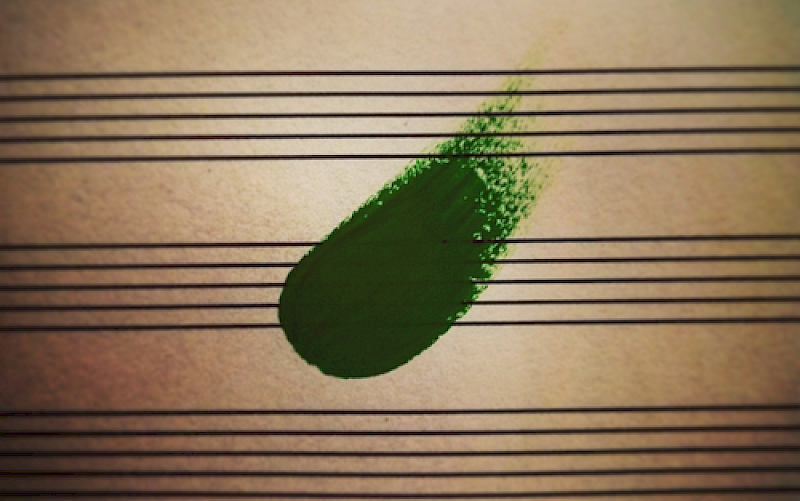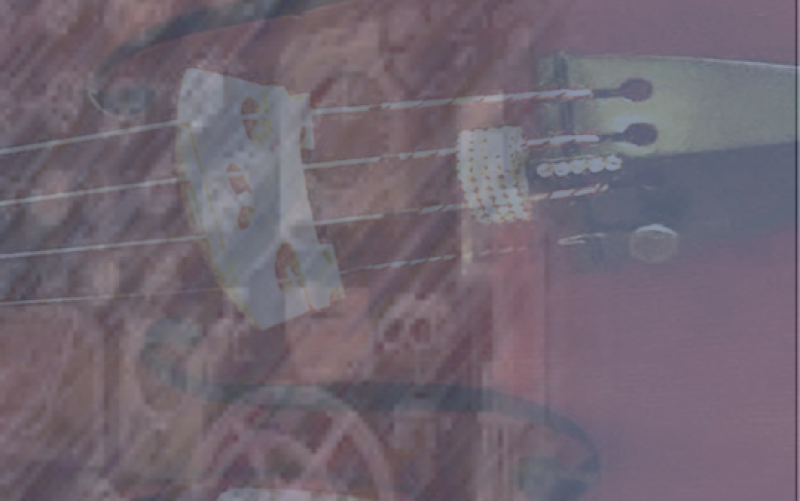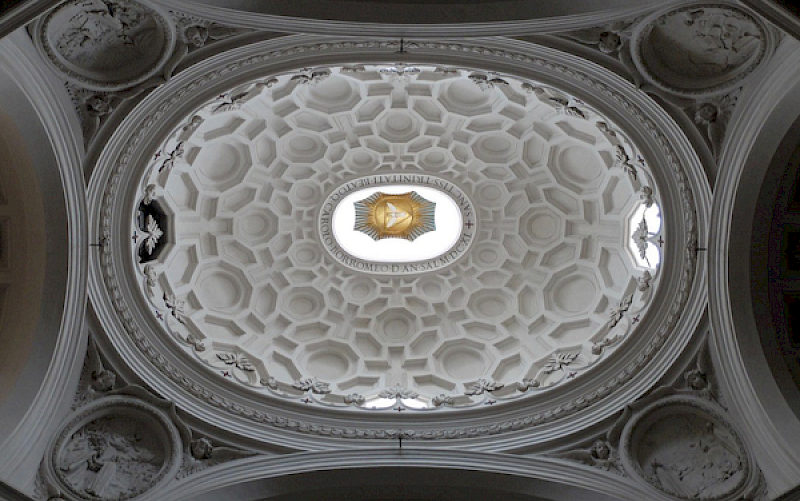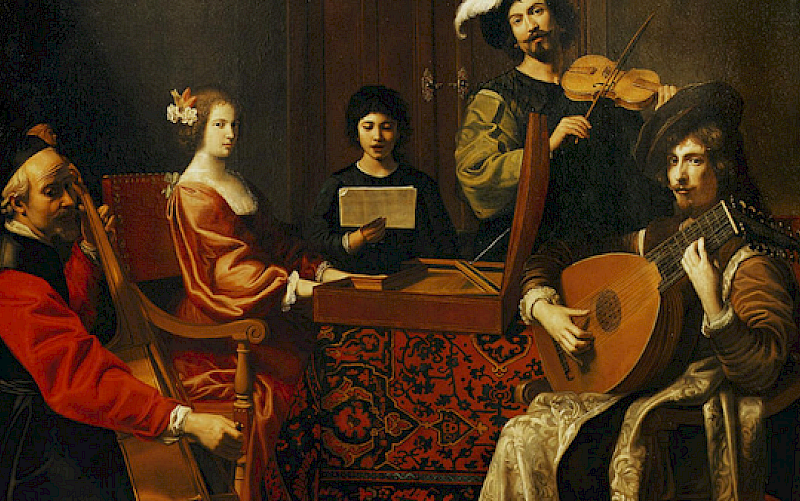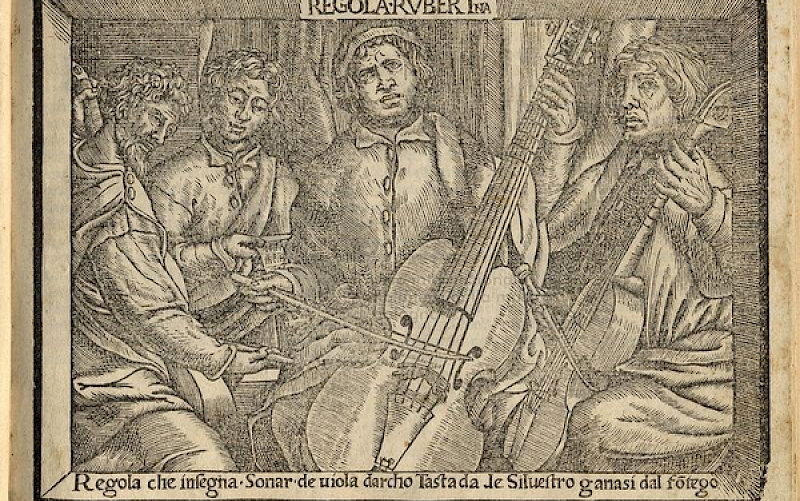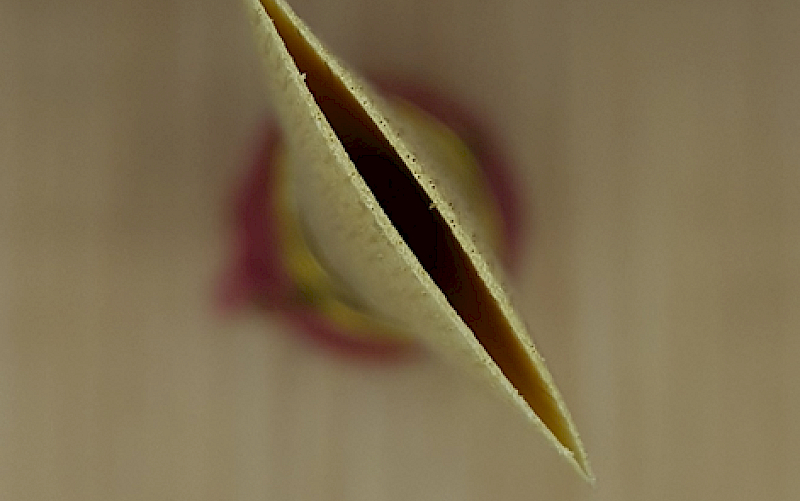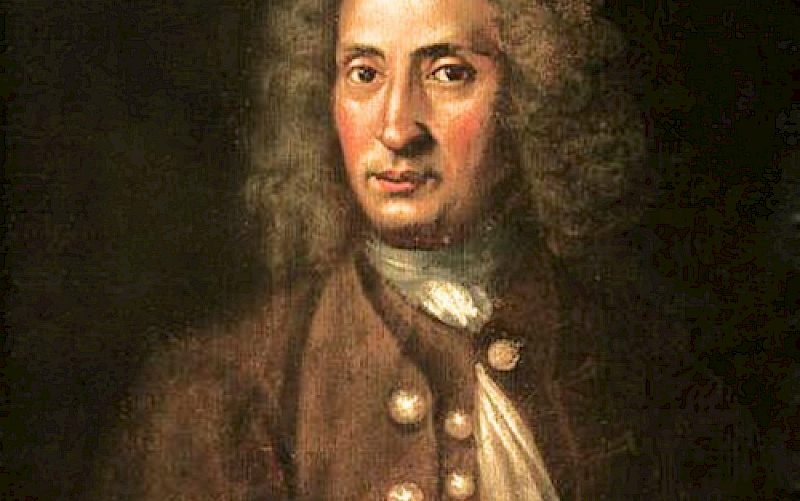
The characters of the flute. A performer’s exploration of the dramatic roles of the baroque flute
Before the flute's ascension to rival the violin and harpsichord in repertoire and expressive character, its first defined soloistic role emanated from music in the reign of Louis XIV. Iconography and collections of allegories, circulated in Europe since Cesare Ripa's Iconologia´s first edition in 1590, depicted the flute with two distinct figures. In the first, the flute symbolises the sweetening of the human voice in vital persuasion, while the second related to the art of pleasing. These artistic representations influenced the composer's choices for the flute, from keys and tempi to specific technical requirements. It must follow, then, that there is a strong link between the dramatic or allegoric content of the pieces in question and the technical and expressive identity of the late Sixteenth Century and early Eighteenth Century flute. This paper addresses this phenomenon through the French Cantate, with a primary focus on A. Camprá and N. Clérambault, in addition to further context of stylistic influence in subsequent compositions.
Author: Maria Florencia Gomez
